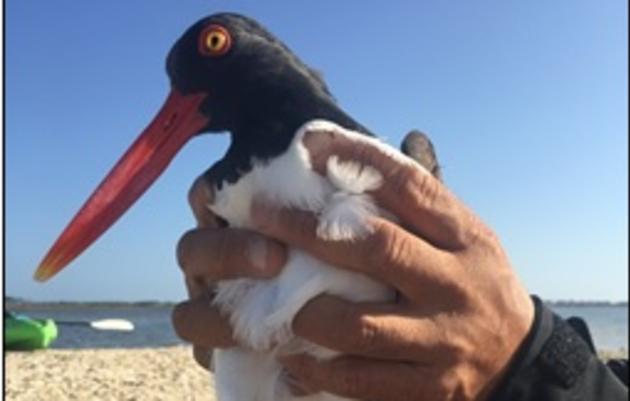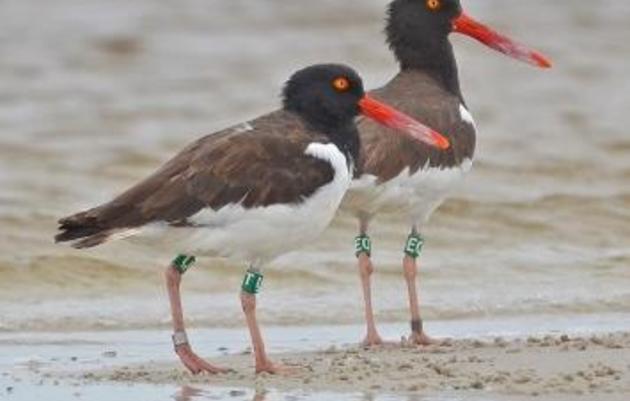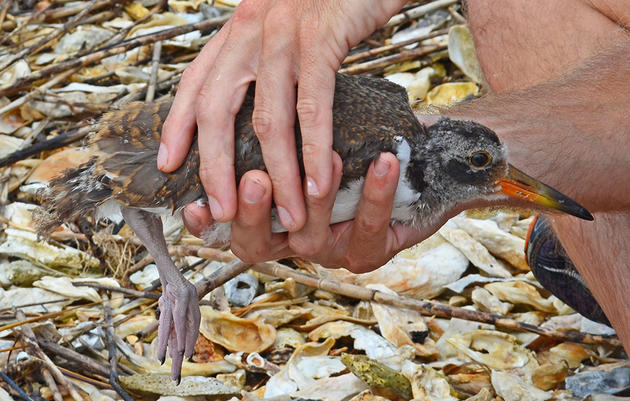This week, Audubon Florida released a new report summarizing the impacts of coastal engineering on the American Oystercatcher. The report includes recommendations for permit applicants, project engineers, and regulatory reviewers to improve future projects for the benefit of these imperiled shorebirds.
Humans have engineered the coasts for centuries, trying to create stability for the built environment in a system that is inherently dynamic. Continued coastal development and sea level rise are increasing the demand for engineered coastlines. Simultaneously, restoration dollars made available by the Deepwater Horizon settlements in the Gulf of Mexico will likely fuel a boom of such projects—from oyster reefs to armoring. These projects are often designed to achieve one particular goal such as coastal protection, oyster restoration, or erosion control, yet often have unintended impacts that jeopardize declining populations of coastal wildlife.
This report includes helpful considerations for engineers and regulators alike, to help design coastal engineering projects to minimize impacts and in some cases provide benefits to these species.







